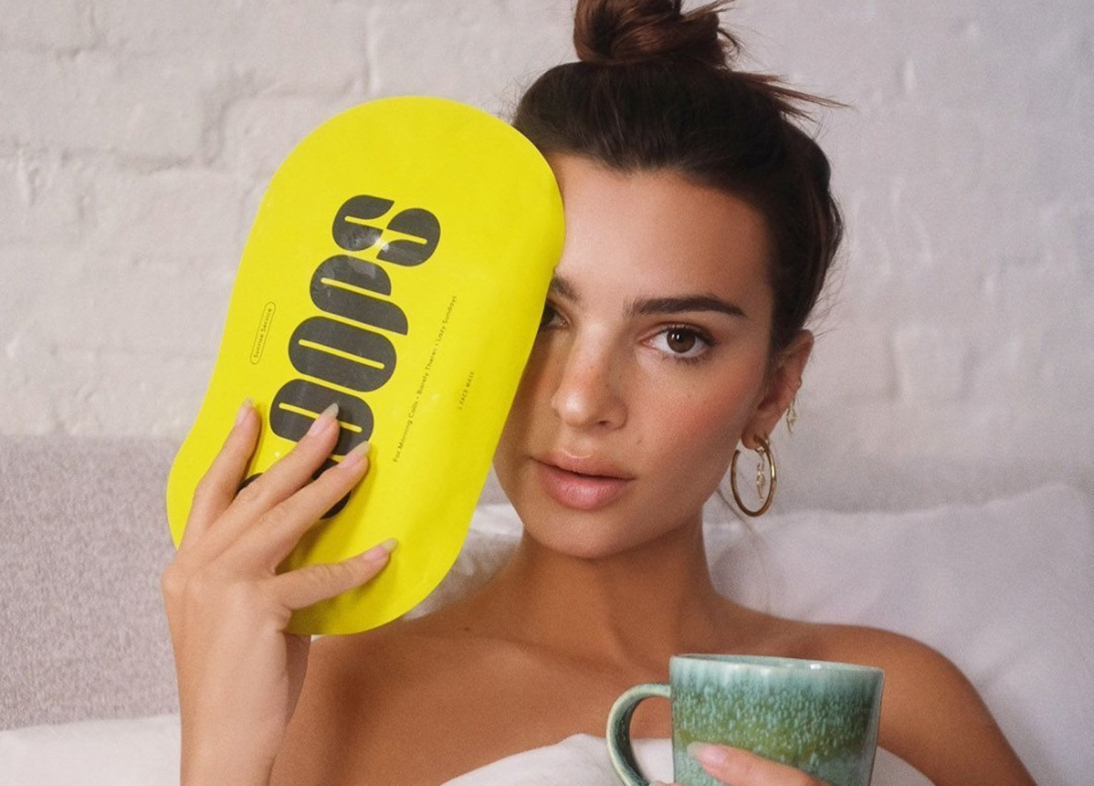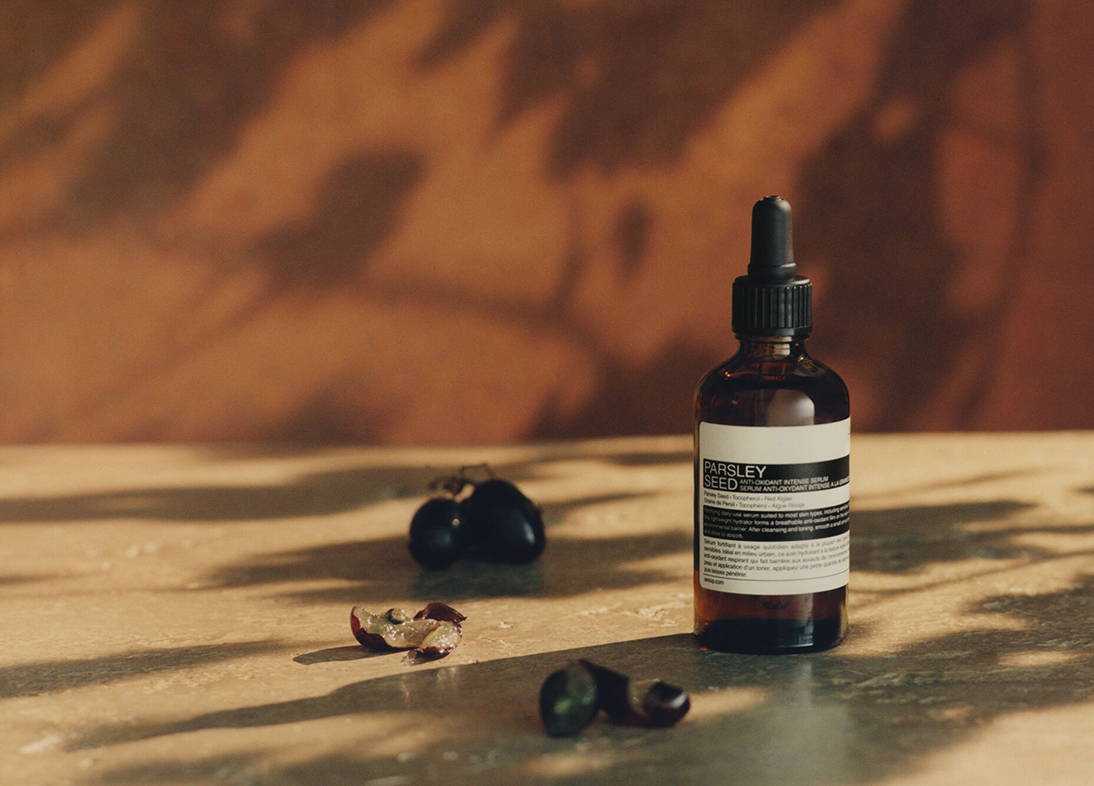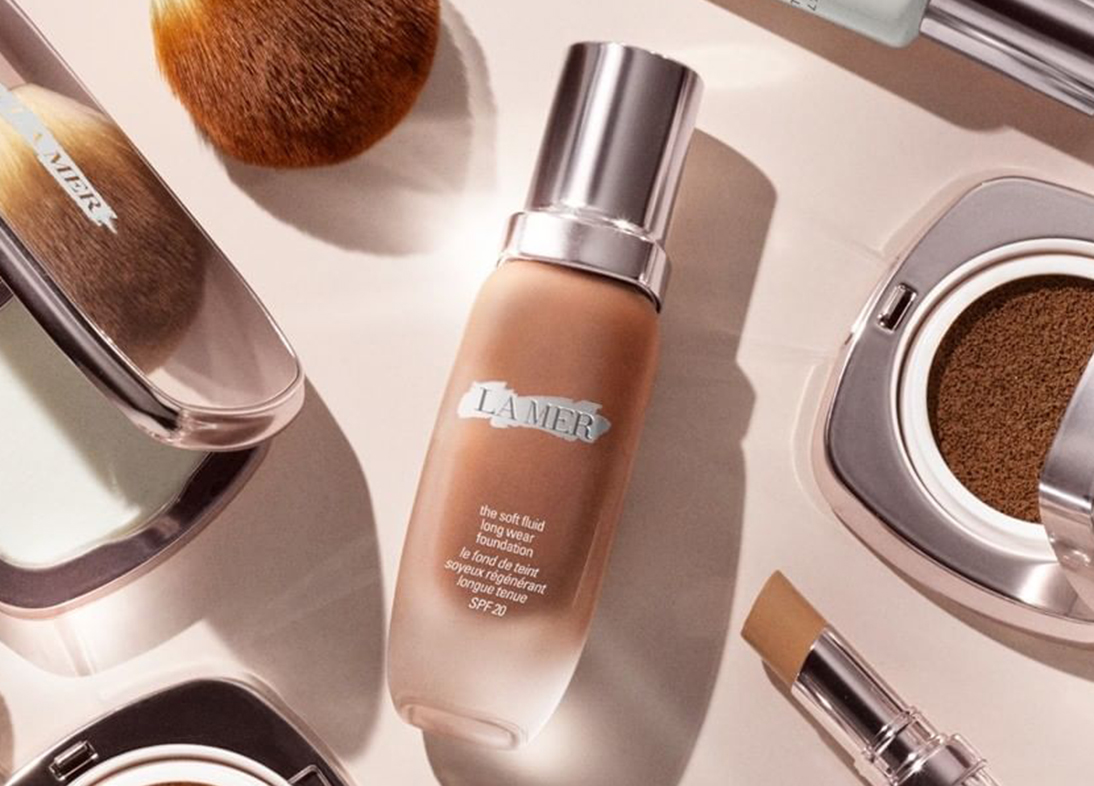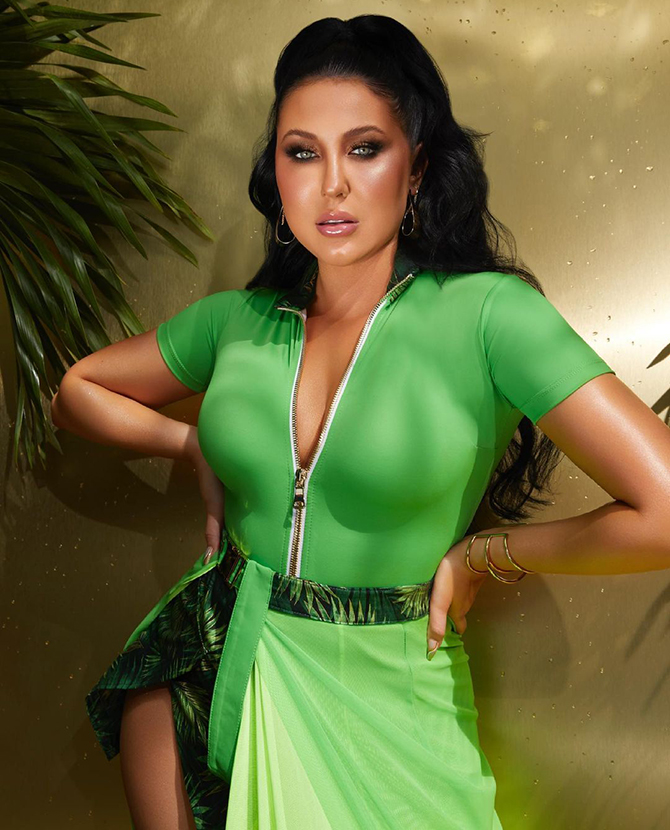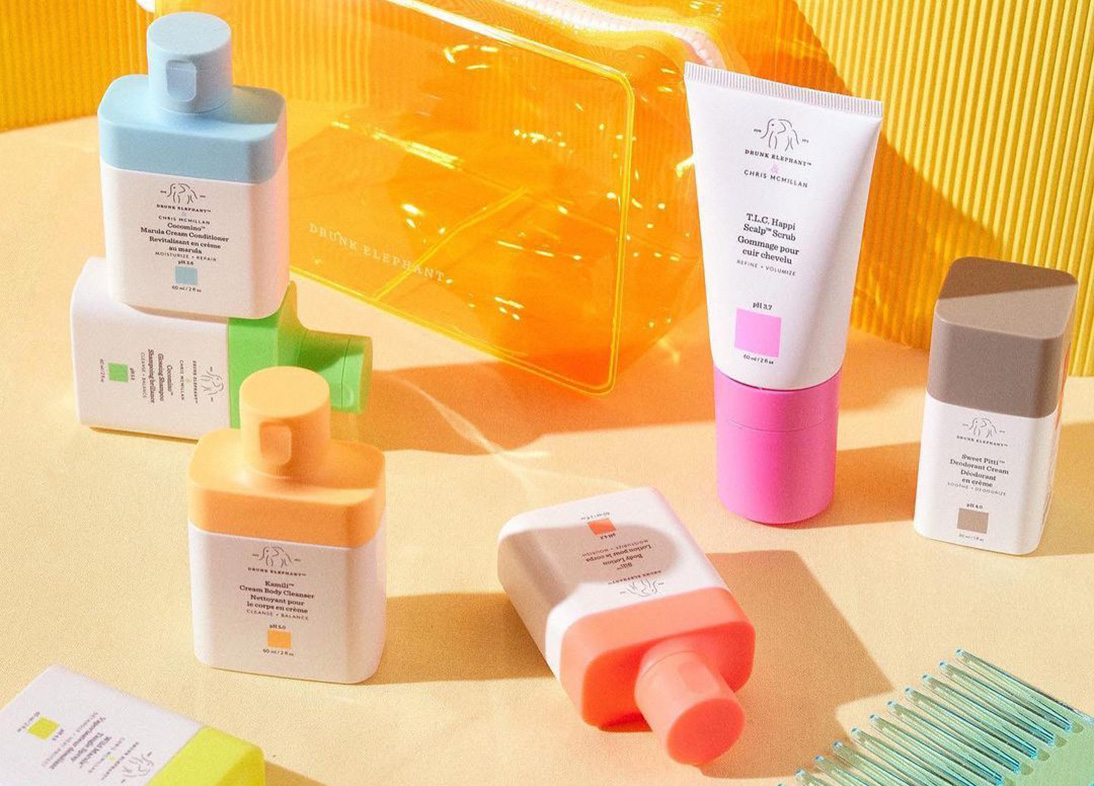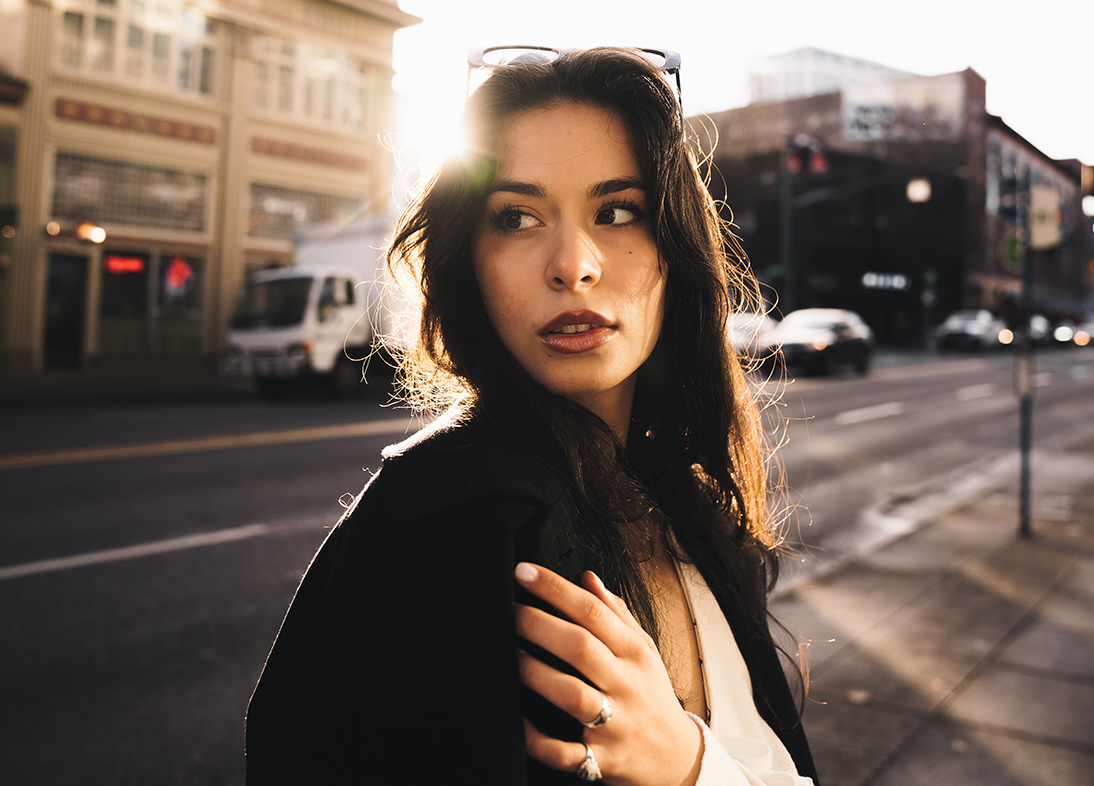This week, Scarlett Johansson announced she’s launching a skincare brand; backed by Najafi Companies, the same people who are involved with Tracee Ellis Ross’ Pattern Beauty. Groundbreaking? Hardly. The actress joins an impossibly long, snaking line of celebrities who’ve tried their luck and leveraged their looks in a crowded and competitive beauty market.
Miranda Kerr and Jessica Alba were early adopters, with Kora Organics and Honest Beauty respectively. More recently, Victoria Beckham (Victoria Beckham Beauty), Lady Gaga (Haus Laboratories) and Selena Gomez (Rare Beauty) have made their presence known. Even Harry Styles has registered a new ‘perfume and cosmetics’ business under the name Pleased As Holdings Limited. Most famous and flushed are, of course, Rihanna’s Fenty Beauty, a brand that set the standard for diversity and inclusion in the industry the world over, and Kylie Jenner’s Kylie Cosmetics, the make-up and skincare brand that catapulted her, albeit controversially, into billionairesville.
Success in the space first belonged to Britney Spears and Paris Hilton. According to The Hollywood Reporter, since launching Curious (the saccharine scent of a generation) in 2004, Spears has sold more than 500 million bottles, and all in all, her fragrances rake in a staggering $30 million a year. (Whether she sees any of it is obviously, a different, depressing matter). Similarly, WWD reports that Hilton, who also entered the industry in 2004, has sold $2.5 billion in fragrances. A simpler time that predated Instagram, influencing and #ad[s], the pair appealed to both tube top wearing teens and grown women who packaged their purchases as ‘guilty pleasures’.
Nearly two decades later, the appeal remains astounding. Retail analytics firm Edited reported that the beauty industry was worth $532 billion dollars. Yes, with high margins beauty brands are comically lucrative. Just ask the heritage fashion houses, from Chanel to Gucci, whose beauty and fragrance arms have ballooned their customer base and kept their bottom line buoyant and robust.
Money isn’t the only magnet, however. In a society that fetishises entrepreneurship, helming a successful brand allows stars to cement their stature and expedite their way (further) to the top. Plus celebrities are well versed in beauty and grooming, by proxy of their job. They’ve spent hundreds of hours in chairs, being preened to within an inch of their lives. They have access to the world’s best artists, techniques and treatments, and are sent truckloads of product by fawning brands daily. What’s more, the majority have fronted some of the industry’s biggest beauty campaigns.
But, as many shamefaced venture capitalists will tell you, Fenty and Kylie Cosmetics are the exception, not the rule. It’s no surprise that both started out as make-up brands — understandably, there’s a question mark over the efficacy of celebrity skincare. Like, are you a dermatologist, a doctor or a skin expert? *Checks notes*. No. But back to why brands fail: where previously celebrities enjoyed a revenue stream without the responsibility, they’re now required to lend a lot more than just their face. Because in 2021, there’s a hunger for authenticity. The age of transparency and all that. Professing to love a cleanser during a “My Skincare Routine” tutorial, yet not knowing its name and appearing nonplussed by its texture when applying it, obviously, for the first time, will, pardon the pun, not wash. Remember when Millie Bobbie Brown was ridiculed for faking her routine, when promoting her line Florence by Mills? Shudders.
Then there are the social issues. Perhaps a brand is crusading for LGBTQ+ rights? Or tackling gender inequality? Tenuous for a lipstick, perhaps, but OK marketing team, we’ll go with it. Selena Gomez’s brand, for example, rails against unrealistic beauty standards, while there is secondary labelling on Pharrell’s skincare line in braille. (“How can we be Humanrace if we’re not considering our blind brothers and sisters?” he asked, when launching in 2020.) A commendable move, granted, but in a piece published last year, Jessica DeFino, a straight shooting, New York-based beauty reporter rightly questioned: “Why not launch a company that makes it easier for all beauty brands to create accessible packaging, instead? Why not use your influence to make the entire industry better, rather than polluting it with more products?” It’s cynical to say that spotlighting a social cause is but a progressive veneer, but true that in order to affect meaningful change, proper time and resources are needed.
Beauty brands or no beauty brands, celebrity adulation is nothing new. It’s human nature to think that if we buy something, we will look, or even be, a little more like the person who (supposedly) made it. Especially when every product (sound the hyperbole klaxon) is so “AMAZING!!!”. So transformative. And yes a Kylie Lip Kit probably is transformative, but that doesn’t mean it’s responsible for making her lips look as plump and pillowy as focaccia. It is, almost certainly, fillers. And if you’ve ever seen Emily Ratajkowski’s mum, you’ll know it’s not a Loops hydrogel sheet face mask that make her skin so flawless; it’s genetics. But for many, the association and endorsement is enough.
The future? Well, between Gal Gadot’s ghastly all-star rendition of ‘Imagine’ and Gwyneth Paltrow ‘breaking down and eating bread’, celebrities didn’t fare well during the pandemic. In fact, one New York Times headline declared that ‘Celebrity Culture [Was] Burning.’ But don’t sound the death knell for their brands just yet, because there will always be space for those whose products work. For those who use their brand to further social issues credibly and authentically; to start conversations and solve problems, beauty or otherwise. They may be few and far between, but they do – as evinced by Rihanna – exist. So for now we won’t speculate on Scarlett’s, but we will, on account of it being skincare, approach with a healthy dose of skepticism. And a dermatologist’s advice.
ADVERTISEMENT. CONTINUE READING BELOW
